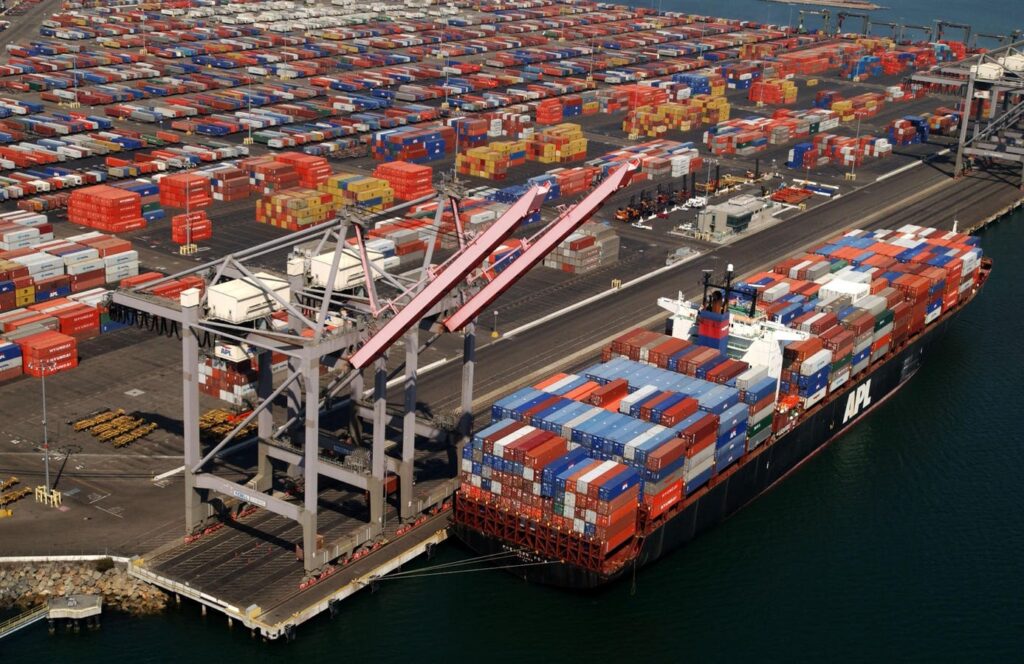With Donald Trump’s return to the White House, a lot of things are going to change – especially the price of everyday items.
While on the campaign trail, the president-elect made a number of promises regarding tariffs on foreign-made goods. Specifically, Trump said as recently as November 4 that there would be tariffs of at least 25% – which could rise to as high as 100% – on goods made in Mexico. Previously, he said that goods made in China should be hit with a 60% tariff, while anything manufactured abroad should have a blanket 20% tariff.
“Go to Walmart, virtually everything in Walmart is made in China,” Roger Entner of Recon Analytics, a telecom industry analyst, told Forbes.
“We decided to make China our factory. It took decades to do that and it will take years if not a decade to undo that. It’s not just one thing. It’s whole supply chains.”
Presuming Trump makes good on those promises, that would mean that a slew of imported items from iPhones to clothing to housewares, among many others, will cost more (though Entner points out that iPhones are “the least of all the problems, because it just gets assembled in China”).
Trump has argued that the practice will encourage all companies to bring manufacturing back to the United States, and bring in billions of dollars of revenue to reduce the federal deficit.
Historically, tariffs have been used to prod consumers into buying domestically-made goods of foreign alternatives. According to the Biden White House, tariffs as a percentage of federal receipts, or money that the government takes in, have decreased from 100% in the late 18th century to near zero a century ago. Since then, income taxes have largely supplanted that revenue.
While there are some goods that have easy domestic substitutes – buyers could choose a California merlot in place of an Argentinian malbec, for instance – there are many others that do not. All smartphones, along with most consumer electronics used in America, are manufactured in, and imported from Asia, primarily China.
Policy experts resoundingly agree that the costs of tariffs are overwhelmingly borne by the consumer.
“Think of what your household will spend this month and think about if we instituted Trump tariffs and you bought the same basket of goods,” Ernie Tedeschi, Director of Economics at the Yale Budget Lab, who formerly served as Chief Economist at the White House Council of Economic Advisers, told Forbes. “The price of that basket would go up an average of 1.5 to 5.1%.”
Tariffs are by definition regressive, where everyone pays the same amount, which means that they are felt more by those at the lower end of the economic scale.
“Retailers rely heavily on imported products and manufacturing components so that they can offer their customers a variety of products at affordable prices,” Jonathan Gold, the National Retail Federation’s Vice President of Supply Chain and Customs Policy, said in a Tuesday statement. “A tariff is a tax paid by the U.S. importer, not a foreign country or the exporter. This tax ultimately comes out of consumers’ pockets through higher prices.”
The NRF – the primary trade group for the retail industry – put out an analysis on Tuesday saying that the effects of such tariffs would be “dramatic.”
How much exactly any given item will go up remains unclear, given that there could be some adjustments and lobbying by companies for exceptions.
However, another analysis by the Yale Budget Lab, found that on average, all Americans would feel some sort of impact, given that some domestic firms may even raise prices knowing that their foreign competitors have been forced to increase prices so dramatically.
Trump did not mention tariffs in his victory speech in West Palm Beach, Florida early Wednesday morning.
Read the full article here

